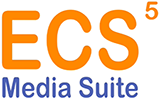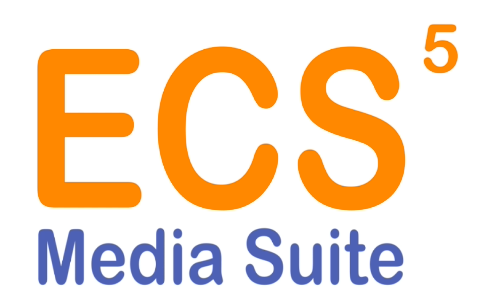ANALYST: James Cooke, Nucleus Research
The Bottom Line
As retailers seek to master Omni-channel commerce, they need to engage in demand shaping, the practice of spurring consumers to buy products to move inventory. Omni-channel retailers can use this supply chain strategy to avoid discounting stock and to preserve margins. Nucleus has found that companies using sophisticated inventory optimization applications in conjunction with price elasticity tactics can cut inventory and obsolescence costs by as much as 20 percent.
Demand Shaping
The chief competitor to all Omni-channel retailers – electronic commerce giant Amazon.com Inc., based in Seattle – is already the master of demand shaping. Amazon uses its knowledge of online buyers’ past purchases and prompts them to make new purchases, using targeted emails. In that way Amazon encourages demand for its inventory, using promotions and offers to motivate consumer purchasing behavior.
Amazon is hardly alone in practicing demand shaping. Worldwide distributor of electronics and maintenance products, RS Components in Corby, United Kingdom, prompts visitors to its website with buying offers. If an online customer buys a power tool, then the RS Component’s website might suggest batteries as an accessory purchase. RS Components has gone even further in engaging in pricing elasticity tactics, trying to link product pricing to market availability and competition.
If they haven’t done so already, Omni-channel retailers should emulate Amazon and RS Components and employ demand shaping on their websites. As a first step, a merchant needs a common pricing strategy for both online and in-store items to avoid sabotaging themselves by offering lower prices on merchandise in one channel and not the other. They need to capture point of sale transactions, whether at the store cash register or on the click button on the web store front, to update inventory in real time.
Second, merchants need to deploy sophisticated demand planning and inventory optimization applications in conjunction with promotion software. In fact, advanced inventory optimization software can pinpoint the window period for selling that avoids margin erosion, an important consideration when selling products with life cycles.
Armed with that knowledge, a retailer can get involved with demand shaping. They can employ a promotion campaign for select stock items either with offers to website visitors or through a targeted email to a list to spur purchases of products before they are forced to engage in deep price cuts in order to move items taking up space in the warehouse.
Quantifying the Value
Although the main goal of demand shaping is to increase sales, it has another important benefit – supply chain efficiency. A well-run supply chain keeps just the minimal amount of inventory on hand to support sales and avoids obsolescent costs. This approach is especially beneficial to merchants engaged in a common pool of inventory strategy, pulling stock for web-placed orders from both the warehouse and retail location.
Unsold items act as a drag on a retailer’s top line and bottom-line. The traditional practice has been for the retailer to get rid of aging stock through enticements such as “on sale” signs in the store to goad price-conscious consumers into opening their wallets or purses.
Unfortunately for brick-and-mortar merchants, shopping sites such as Amazon do not have the expense of overhead associated with physical structures and retail labor. Its inventory carrying costs only occur in the distribution center unlike a traditional retailer who bears both store and warehouse costs for holding stock.
That’s why if they have not done so already, Omni-channel retailers need to catch up to shopping sites and adopt demand shaping. Not only can this tactic boost sales, it can result in bottom-line savings. In fact, an analysis by Nucleus Research shows that significant savings are likely. Nucleus has confirmed that one company using demand shaping reduced both inventory and obsolescent costs by timing promotions to move items before the market forced prices downward. That company received a 20 percent savings in inventory and obsolescence. Nucleus believes that this experience is hardly unique and that other Omni-channel retailers would receive similar benefits.
Conclusion
In comparison to digital merchants, Omni-channel retailers are handicapped by having to maintain a physical presence in addition to an online sales channel. To be profitable running two channels, they need to turn over inventory as quickly as possible. That’s why they need to adopt demand shaping to move product out of the warehouse and store, thus lowering inventory carrying and obsolescence costs in addition to boosting sales.


